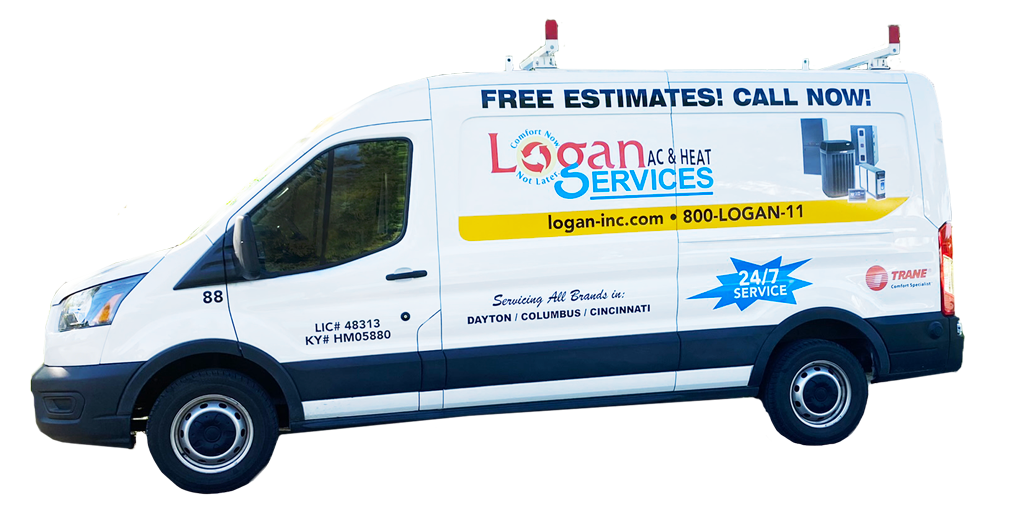Searching for “what does SEER rating mean in air conditioning?” We’ve got you covered. When shopping for a new air conditioner, one of the most important metrics to understand is the SEER rating. SEER stands for Seasonal Energy Efficiency Ratio. At a basic level, SEER measures how efficiently an AC unit can cool your home, with higher SEER ratings indicating increased efficiency and potential cost savings on electricity.
But what exactly does this ratio reveal and why does it matter when choosing a new system? The following sections provide an in-depth explainer on SEER to help homeowners make informed HVAC purchasing decisions.
How is SEER Calculated and Evaluated?
SEER represents the ratio of cooling output, measured in British Thermal Units (BTUs), produced by an air conditioning system compared to the electric energy input measured in watts during a typical cooling season.
Specifically: SEER = BTU Cooling Output / Watts of Electricity Used
Air conditioner SEER is calculated based on standardized testing conditions set by the Air Conditioning, Heating and Refrigeration Institute, including:
- Outdoor Temperatures: The units are tested across a range of high temperature conditions, from 80°F to over 100°F.
- Operating Time: Calculated based on expected AC runtime during a typical cooling season.
- Humidity Levels: Measurements factor in humid outdoor conditions.
By controlling external variables, SEER aims to measure the baseline true efficiency of different AC system models for direct comparison.
For cost information, read our guide on how much a new air conditioning unit should cost.
Overview of the SEER Rating Scale
SEER ratings for residential air conditioning units typically range from 13 to 21+. There is a broad range of AC efficiency even within reasonably priced models. Given air conditioning comprises the vast majority of total energy demand for cooling homes, it pays to understand the scale when assessing different systems:
- 13 SEER: This is the current federal minimum SEER rating standard for new air conditioners.
- 14-15 SEER: The slightly increased efficiency can translate to energy savings on annual cooling bills. This is the rating range for most builder-grade AC units.
- 16+ SEER: Going 16 SEER or greater results in even lower electricity usage and costs. But the higher initial investment may increase time to payback.
- 21+ SEER: Extremely efficient systems come in above 20 SEER but can be very expensive upfront. Generally only recommended in hot southern climates with high annual cooling demands.
In especially hot regions, the higher rated AC units (high SEER ratings) can still justify the price premium through greater indoor comfort and lower operating expenses.
Why Your AC’s SEER Rating Matters
The SEER metric directly correlates to annual energy consumption and electricity costs associated with powering your cooling system. Units with higher SEER use less energy to achieve the desired level of cooling output.
For perspective, upgrading from a lower SEER unit to a higher SEER system can substantially reduce cooling electricity usage. In warm areas where air conditioning represents a major portion of annual utility bills, this efficiency gain translates into significant dollars saved each year.
Beyond cost savings, choosing a higher SEER product also benefits the environment through conserved energy and lower greenhouse gas emissions from power plants.
Key Considerations When Comparing SEER Ratings
With an understanding of the SEER scale and factors impacting real-world efficiency, you can begin properly evaluating and comparing ratings on different AC units.
There are several key considerations to factor in:
- Climate Conditions: Units going into hot southern zones should target 16+ SEER, while temperate climates can suffice with 14 SEER in many homes.
- Electricity Rates: The savings potential scales up the more you pay per kWh for energy from your utility company.
- Proper Sizing & Installation: An oversized or poorly matched system won’t operate as efficiently as its SEER rating indicates.
- Expected Usage: Weigh SEER vs runtime. A lower efficiency unit that sufficiently cools without oversizing may save more than a costly oversized model.
Be sure to balance SEER rating against other aspects like capacity, features, warranty coverage and total installed cost. Reputable HVAC contractors use modeling software to right-size AC equipment based on local climate data and your home’s unique characteristics.
What Factors Influence Air Conditioner Efficiency?
While SEER provides a standardized efficiency rating, real-world performance depends on proper installation and adequate maintenance.
Key aspects impacting overall cooling efficacy include:
AC Equipment
- Condenser & Evaporator Coil Quality: Efficient heat transfer keeps unit running optimally
- Fan Motor Type: Advanced motors use less electricity
- Compressor: The heart of the system for efficiently moving refrigerant
Home Characteristics
- Insulation Levels: Better insulation reduces internal heat gains to lower AC runtime
- Air Tightness: Minimizing leaks prevents cooled air escaping and hot air entering
- Ductwork: Tight, well-insulated ducts distribute air efficiently without leakage
Regular maintenance like replacing filters and cleaning coils ensures your AC continues meeting its rated SEER over time. Be sure to partner with experienced HVAC professionals to properly assess your home, select equipment, carry out accurate load calculations, and perform seasonal maintenance. This combined approach maximizes real-world energy efficiency.
Reasons to Work with HVAC Professionals
While understanding the SEER concept is helpful for consumers, calculations and maintenance should be handled by certified technicians for optimal efficiency and value.
Qualified HVAC experts assist with:
- Accurately measuring home and cooling system size
- Equipment selection to meet efficiency goals
- Proper installation and testing post-installation
- Preventative maintenance to uphold rated efficiency
Technicians also monitor for refrigerant leaks that reduce SEER over time if not promptly addressed.
The Logan Difference
When it comes to understanding air conditioner efficiency ratings like SEER, properly installing cooling equipment, and performing seasonal maintenance, it pays to have a knowledgeable team of HVAC experts on your side. That’s where Logan A/C & Heat Services stands apart.
As family-owned residential HVAC specialists since 1969, the team at Logan brings decades of expertise helping homeowners select appropriately sized, high-efficiency air conditioning systems. Our certified technicians combine this experience with the latest software and tools to carry out accurate load calculations based on your home’s unique characteristics. The result is right-sized AC equipment optimized for your local climate that meets efficiency goals for savings.
At Logan A/C & Heat Services, we not only have mastered technical skills, but also provide unmatched customer service—treating clients like family throughout the process. From finding the perfect HVAC system through reliable ongoing maintenance, Logan builds transparent relationships where your comfort, health and satisfaction come first.
When you seek out Logan’s expertise, you gain a trusted home services partner invested in your happiness. To learn more and get started on your next project with Ohio’s top-rated HVAC company, contact Logan A/C & Heat Services or book a free estimate today.
Frequently Asked Questions
What does SEER stand for?
SEER stands for Seasonal Energy Efficiency Ratio. It measures the cooling output of an air conditioning system compared to the electricity needed to run it.
What is a good SEER rating to have?
A good SEER rating depends on your climate and cooling requirements. In moderate weather a rating in the mid-teens is common. Hotter southern climates should look for ratings of 16+ SEER due to increased cooling demands.
Why does SEER rating matter for an AC unit?
The higher the SEER rating, the more energy efficient the air conditioner. This translates into lower electricity bills for homeowners as less power is needed to provide sufficient cooling. There are also environmental benefits from conserved energy and reduced emissions.

















